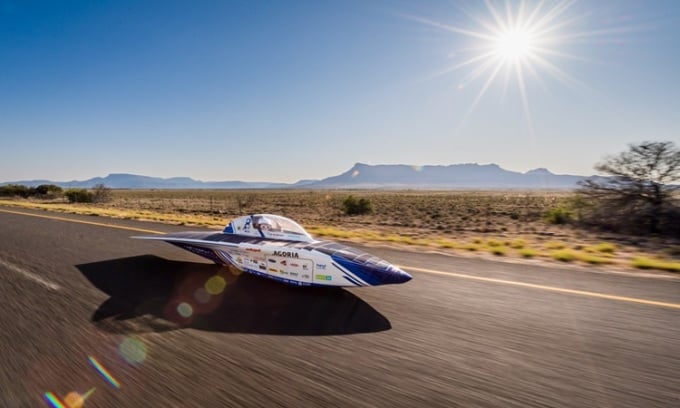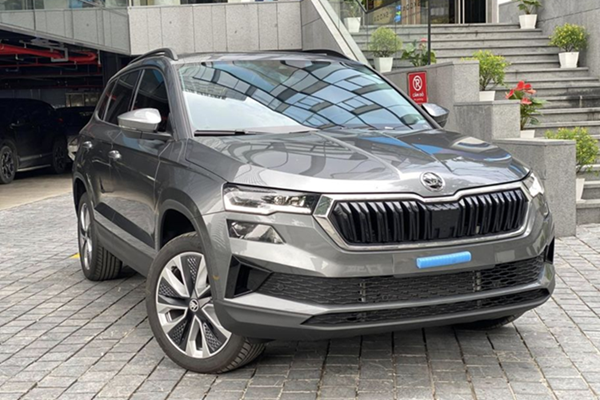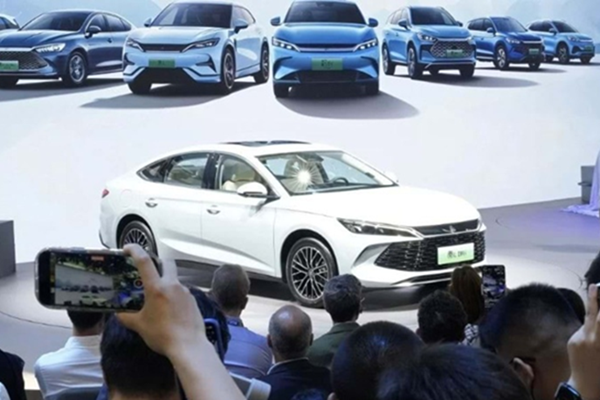The obstacles in producing electricity on-site and the cost of installation make solar electric cars very difficult to popularize at present.

Solar electric car participates in the World Solar Challenge. Photo: Composite World
Solar electric cars do exist, and the best place to see them is the World Solar Challenge, a biennial race in Australia. Competitors drive about 3,000 kilometers (1,800 miles) from Darwin on Australia’s northern coast to Adelaide on the southern coast, powered only by the sun. Many of the cars in the race look more like something out of a theme park or a sci-fi movie than something you’d see on the road. That may explain why solar electric cars aren’t an everyday option, at least not yet, according to Popular Science .
Although a lot of sunlight hits the Earth during the day, it is scattered as it passes through the atmosphere, so it reaches the ground relatively low. On average, after removing the effects of different seasons, the amount of energy from sunlight is about 342 watts/m2, enough to run a standard refrigerator. Cars come in a variety of sizes, but a full-size American car is about 5.5 meters long and 1.8 meters wide, so it has a surface area of about 9-10 square meters, which can collect about 3,420 watts of energy, enough to run a refrigerator, dishwasher and microwave.
Solar farms that power cities and towns use millions of solar panels spread over thousands of acres. Some facilities in desert areas use arrays of mirrors to concentrate the sun’s energy. But a standard car doesn’t have enough surface area to collect much solar energy.
Another problem is that today’s solar panels are not very efficient at converting sunlight into electricity. Typically, they are only about 20% efficient, meaning they convert about one-fifth of the incoming solar energy into electrical current. This means that the 3,420 watts of solar energy that fall on a typical car covered in solar panels will only provide about 684 watts of electricity for the car to use. Meanwhile, an electric vehicle needs 20,000 watts to travel at 100 km/h.
The World Solar Challenge vehicles are typically large and designed to maximize surface area. This allows them to collect as much sunlight as possible. This is fine for a concept car, but most of the prototypes have no windows or other space other than the driver's seat.
Another issue is that geography, daylight hours, and weather conditions all affect how much solar energy can be produced. The Earth is tilted on its axis, so not all areas receive the same amount of sunlight at any given time. When the Northern Hemisphere is tilted toward the Sun, the upper half of the planet is exposed to more sunlight, while the Southern Hemisphere is cooler and darker. When the southern half is tilted toward the Sun, areas there receive more sunlight than the upper half of the planet.
Equatorial regions receive plenty of sunlight year-round, so nearby areas like Southern California or the Sahara Desert have more solar power than places near the Earth’s poles, like Alaska. Solar electric vehicles also struggle to collect enough sunlight on cloudy or rainy days. Even large solar farms have to plan for periods when the sun isn’t shining. Drivers need to drive at night. To keep a solar electric vehicle running after dark, it needs to use the excess energy it collects during the day and store it in batteries. Solar panels and batteries add to the weight of the vehicle, and heavier vehicles require more electricity to run.
Researchers are working to design solar electric vehicles that are more suitable for everyday use. They will need to create solar cells that convert sunlight into energy more efficiently and that fit into cars. Making the systems affordable for the average car buyer is also important.
Right now, the closest thing to a solar electric car is an electric vehicle that charges at home or at a charging station. Depending on how the electricity is generated, some of the energy that powers these cars could come from solar panels, wind turbines, hydroelectric power, or another renewable source.
An Khang (According to Popsci )
Source link




![[Photo] "Beauties" participate in the parade rehearsal at Bien Hoa airport](https://vstatic.vietnam.vn/vietnam/resource/IMAGE/2025/4/11/155502af3384431e918de0e2e585d13a)
![[Photo] Looking back at the impressive moments of the Vietnamese rescue team in Myanmar](https://vstatic.vietnam.vn/vietnam/resource/IMAGE/2025/4/11/5623ca902a934e19b604c718265249d0)


























![[Photo] Summary of parade practice in preparation for the April 30th celebration](https://vstatic.vietnam.vn/vietnam/resource/IMAGE/2025/4/11/78cfee0f2cc045b387ff1a4362b5950f)



























































Comment (0)